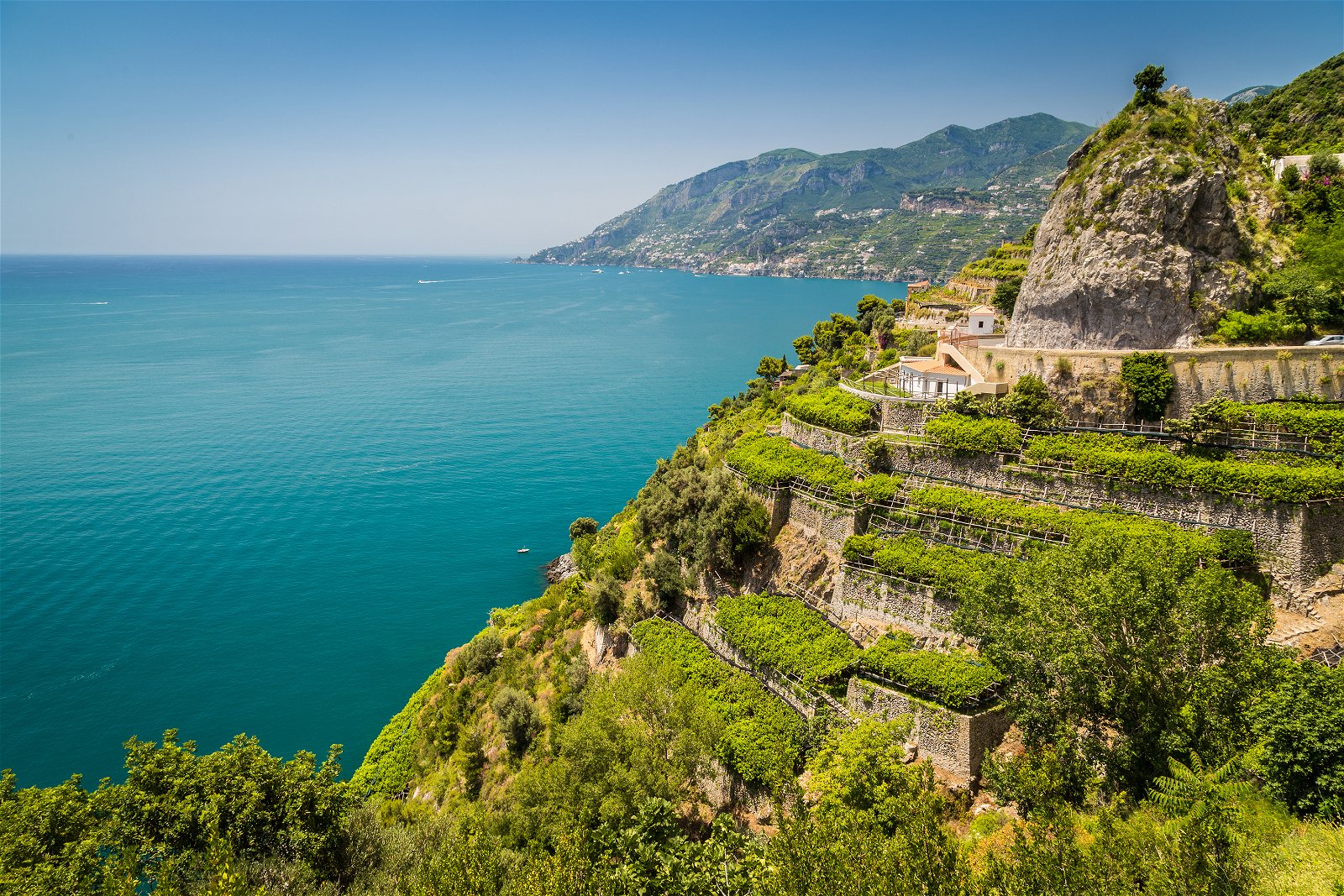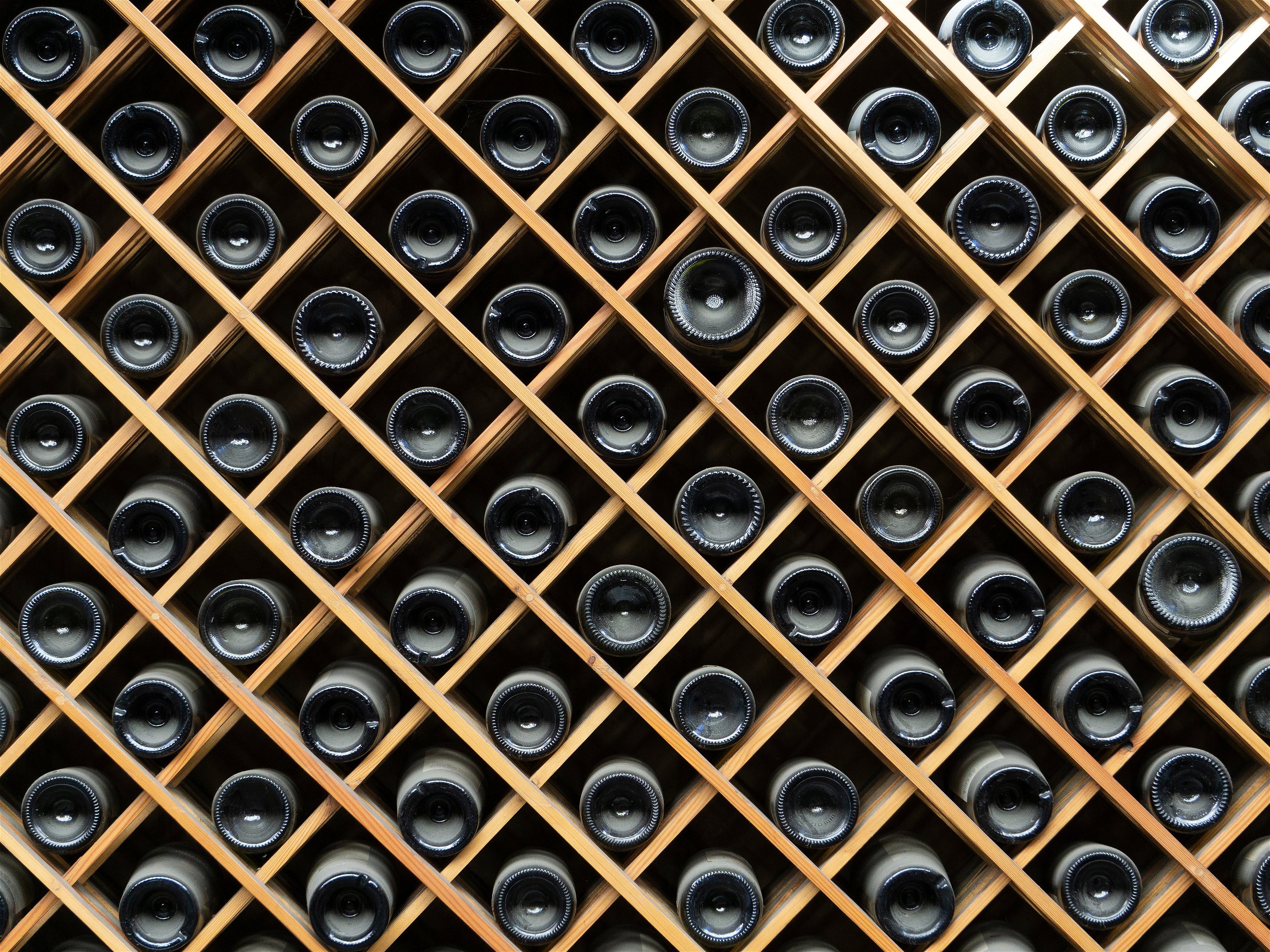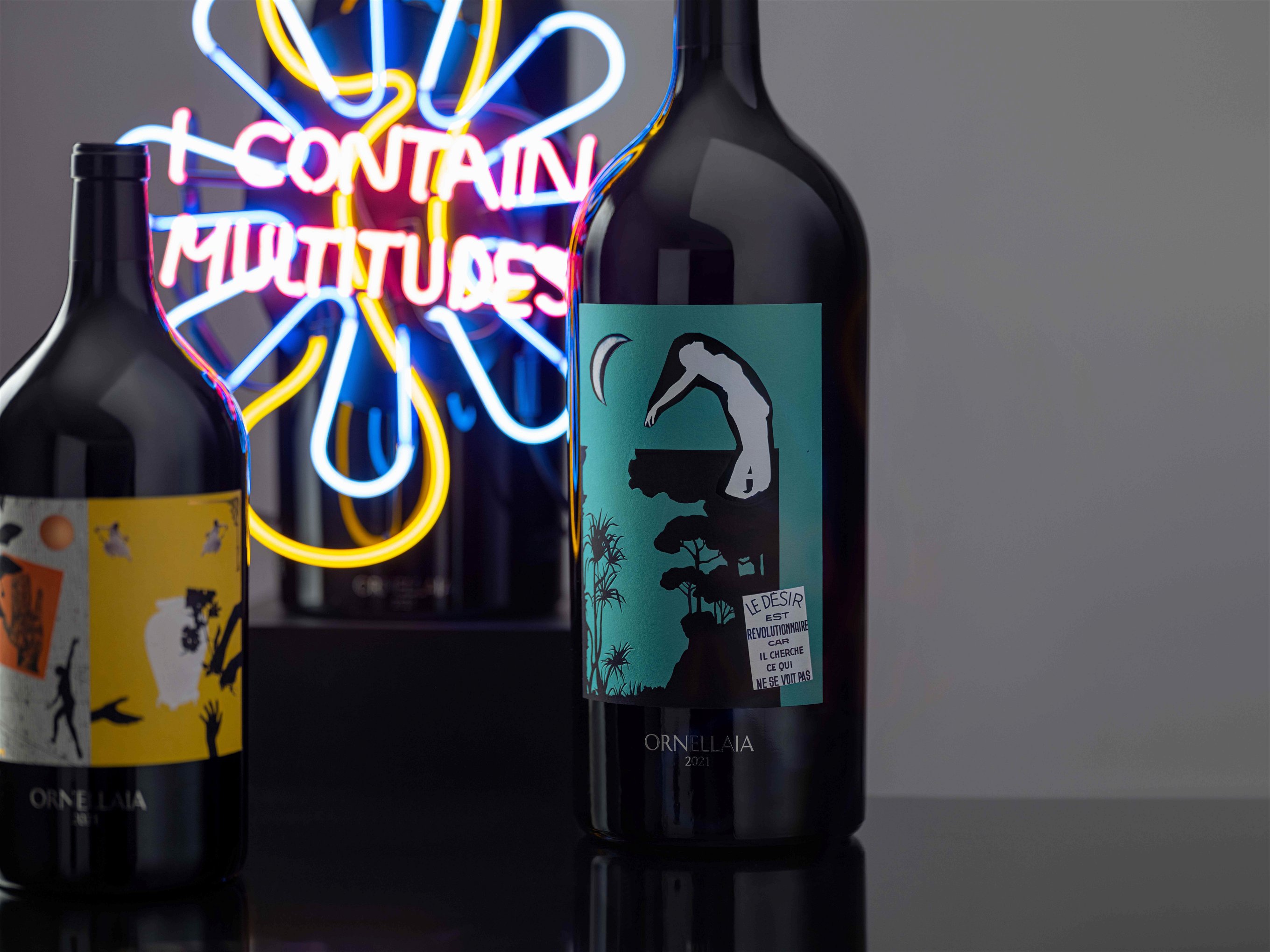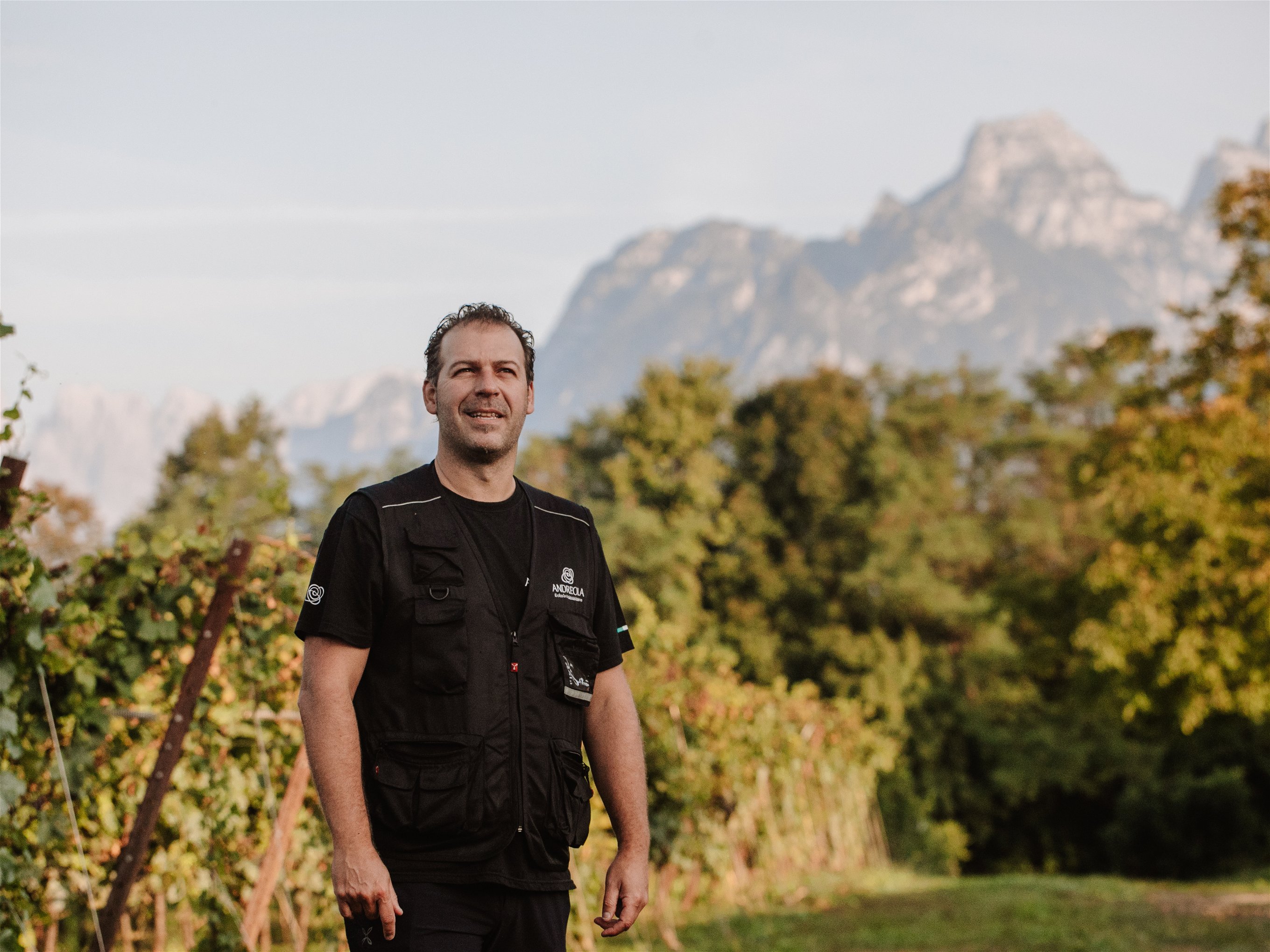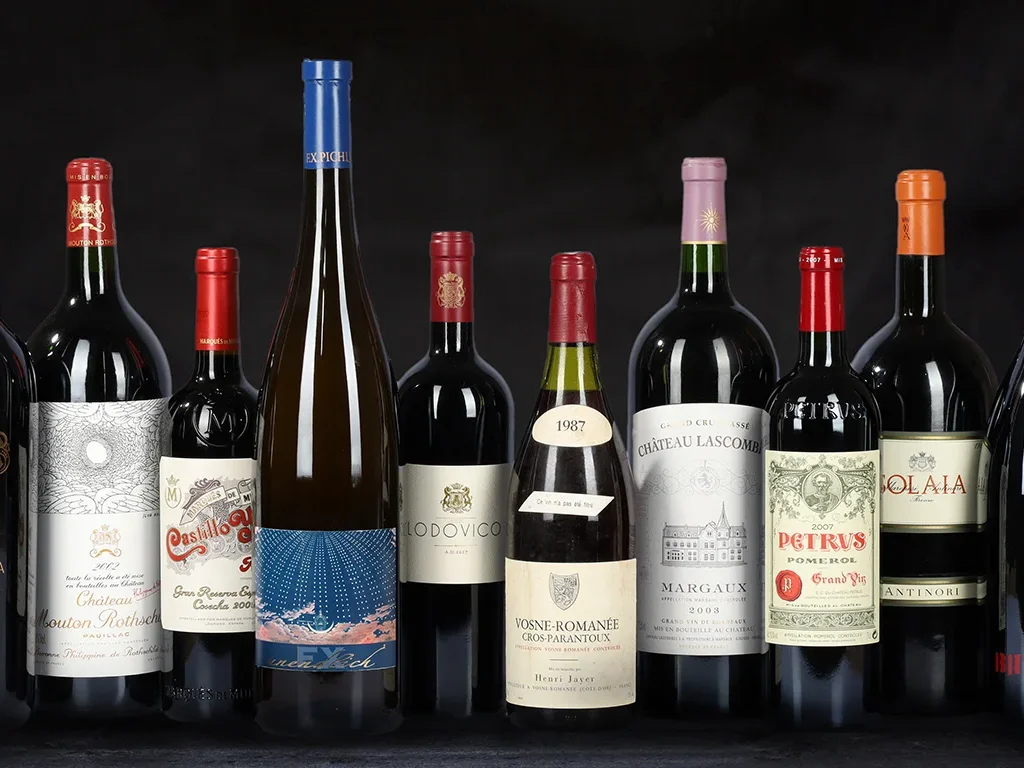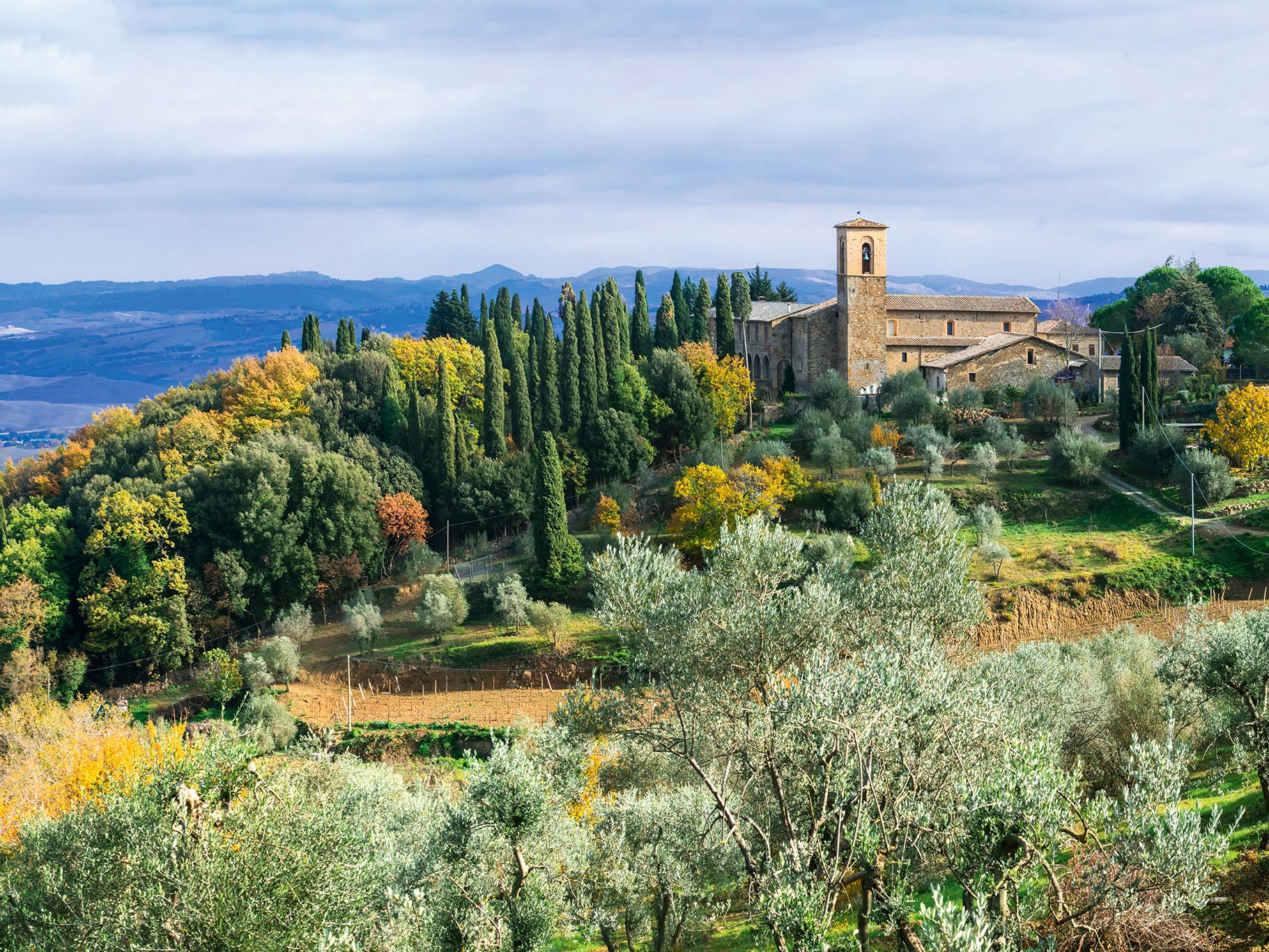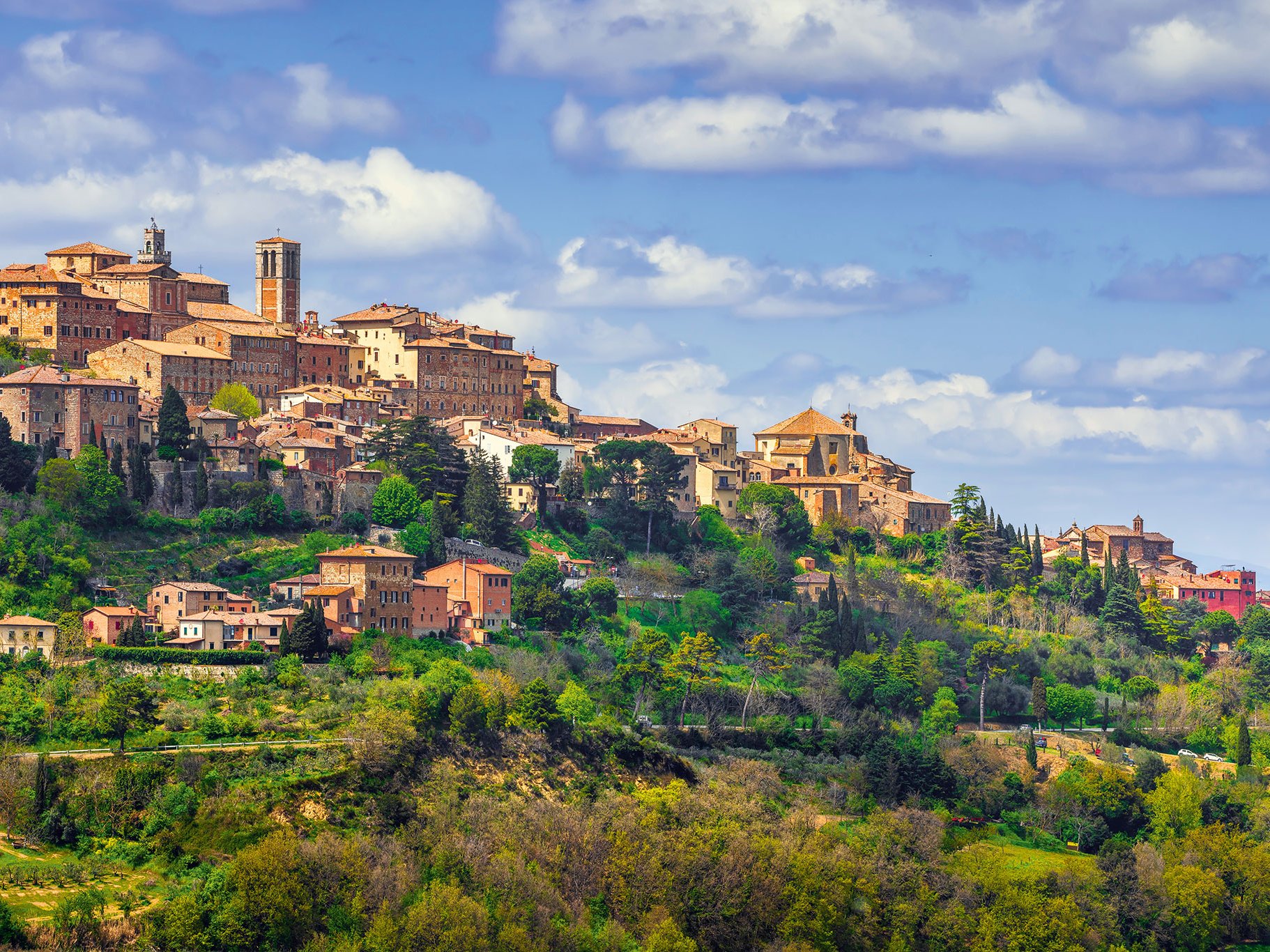Campania, located on the southwestern side of the boot, is one of the oldest wine-growing regions in Italy; before the Romans, the Greeks were already cultivating vines on the volcanic soils around Mount Vesuvius in about 1000 BC. Until its destruction by the eruption of Vesuvius in 79 AD, Pompeii was the most important wine trading centre in Italy and the main supplier to the capital, Rome. Virgil, Horace and Pliny raved about one wine in particular, the Falernian, which even later found its way into Petronius' Satyricon.
The Falernese has largely disappeared but attempts are underway to revive it. Due to rural exodus, the region has become impoverished; only the coastal areas with their vineyards bear witness to a flourishing life, the hinterland is isolated.
Today, about 28,000 hectares are under vines, but only 5% of them produce wines with controlled provenance. Yet, due to the hills on the coast, the volcanic soils of Mount Vesuvius and the Mediterranean climate, there are some interesting wines to be discovered. The most demanding red wine is certainly Taurasi, made from the Aglianico grape variety, which until recently had only one producer name: Mastroberardino. However, the range has become more diverse.
Red wines are also produced from Primitivo, Piedirosso and Barbera, but they are usually bottled as a cuvée. Among the white wines the fragrant Fiano di Avellino can be particularly pleasing, smelling of pome fruits and nuts and often with notes of fresh grape skins; reminiscent of a muscatel. Interesting white wines are also produced from the Greco variety.
The popular vacation islands of Capri and Ischia, which belong to Campania, practice viticulture on a small scale.
